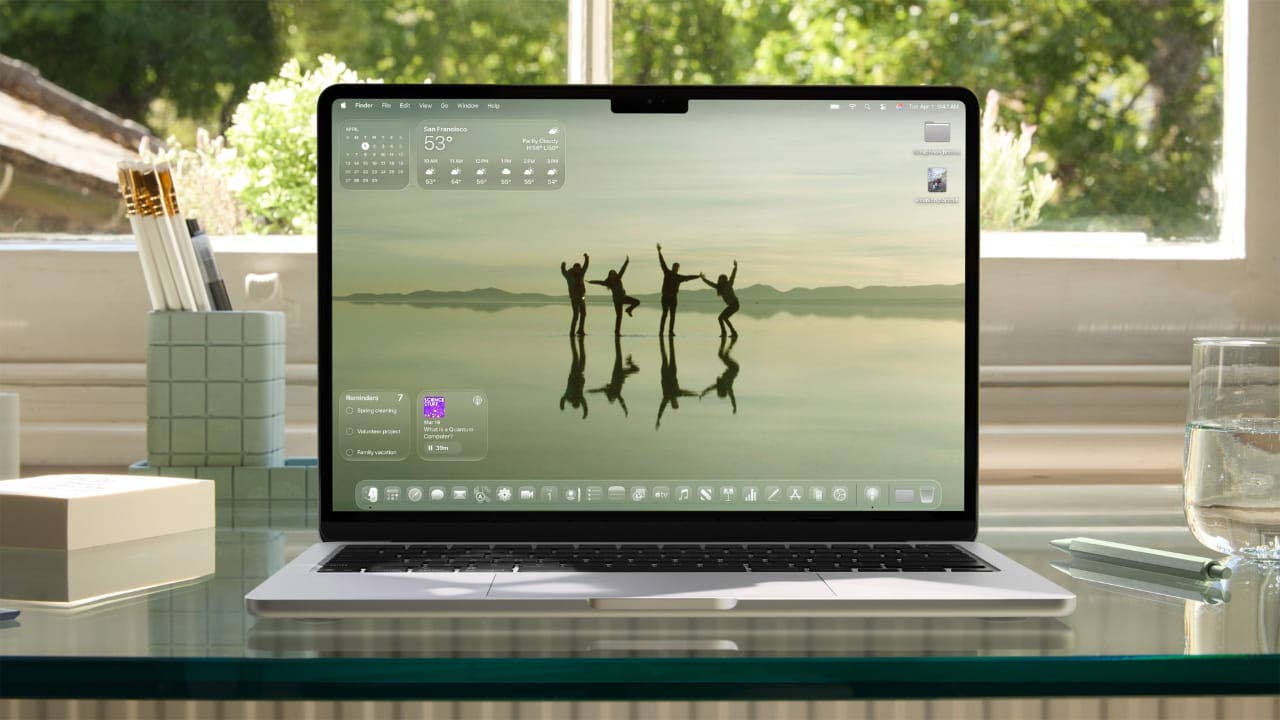OnePlus 13s Launched in India and Reviewed as Feature-Packed Device

The OnePlus 13s was officially launched in India on a recent Thursday, positioning itself as a formidable contender in the smartphone market, potentially reviving the “flagship-killer” moniker for the brand. This compact handset is powered by the flagship-level Snapdragon 8 Elite chipset and boasts a substantial 5,850mAh battery with 80W SuperVOOC fast charging support. It aims to deliver a premium experience without the premium price tag often associated with top-tier devices.
Pricing and Availability
The OnePlus 13s is available in two configurations: the 12GB RAM + 256GB storage model is priced at Rs. 54,999, while the 12GB RAM + 512GB storage variant costs Rs. 59,999. It comes in three color options: Black Velvet, Green Silk, and Pink Satin, though the higher storage version is limited to Black Velvet and Green Silk. Sales are set to begin on June 12 via Amazon, the OnePlus India e-store, and select offline retail stores, with pre-orders currently open. Launch offers include a Rs. 5,000 instant discount for SBI Credit Card users, exchange discounts up to Rs. 5,000, and a no-cost EMI option for up to nine months.
Design and Build
Measuring 150.8mm x 71.7mm x 8.2mm and weighing 185g, the OnePlus 13s is designed for comfortable one-handed use, a slight departure from the trend of increasingly larger smartphones. It features flat edges, rounded corners, and a flat 6.32-inch display. The rear panel has a smooth, matte finish that, while elegant, can pick up minor scuff marks. A distinctive raised aluminum island houses the dual rear camera setup, LED flash, and an infrared (IR) transmitter, which requires pointing the back of the phone at appliances. The right edge hosts the power button and volume rocker. Notably, the traditional alert slider has been replaced by a new, customisable Plus Key, similar to the Action Button on iPhones. The bottom of the device includes a USB Type-C port, SIM tray, and speaker grille. The in-box accessories include an 80W SuperVOOC charger, a USB Type-A to USB Type-C cable, a color-coordinated TPU cover, and a pre-installed plastic scratch protector.
Display
The OnePlus 13s sports a 6.32-inch 1.5K (1,216x2,640 pixels) LTPO ProXDR OLED display. It features a dynamic refresh rate ranging from 1Hz to 120Hz, a peak brightness of 1,600 nits, and a 2,160Hz PWM dimming rate. While its peak brightness is lower than some other flagships like the Galaxy S25 (2,600 nits) or OnePlus 13 (4,500 nits), it offers sufficient brightness for outdoor use and can dim adequately for comfortable night-time viewing. The screen supports Widevine L1 for high-resolution streaming and incorporates Aqua Touch 2.0 technology and Glove Mode, enabling operation with wet or gloved hands. The display has slim bezels, with the thickest at the bottom, and a centrally located punch-hole for the selfie camera. The optical fingerprint scanner is situated near the bottom edge, which some users might find a bit difficult to reach.
Software and AI Features
Running on Android 15-based OxygenOS 15, the OnePlus 13s promises a clean software experience, free of the bloatware sometimes found in other OnePlus lineups. The OS feels refined with smooth animations and transitions, and carries an April 1, 2025 security patch. OnePlus commits to four years of Android OS upgrades and six years of security updates. The device is rich in AI capabilities, part of the OnePlus AI suite. The customisable Plus Key can launch the AI Plus Mind space, which consolidates information like articles, photos, and schedules. It can also be programmed for various quick actions like toggling sound modes, launching the camera, or starting a recording. AI-powered tools include AI VoiceScribe for call transcription (via OnePlus Dialer), an AI Translate app with real-time screen translation, and several AI-backed imaging tools like AI Detail Boost, AI Unblur, AI Reflection Eraser, and AI Reframe. Google's AI features, such as Circle to Search and Gemini AI assistant integration, are also supported.
Performance
Under the hood, the OnePlus 13s is powered by the Snapdragon 8 Elite SoC, paired with 12GB of LPDDR5X RAM and up to 512GB of UFS 4.0 onboard storage. This combination delivers top-tier performance, comparable to flagship models like the OnePlus 13. Everyday use is reported to be lag-free and smooth, with the 12GB RAM handling multitasking efficiently and UFS 4.0 storage ensuring quick app installations. The device excels in gaming, running resource-intensive titles like Genshin Impact and Wuthering Waves at their highest settings without throttling, even after extended play. Battlegrounds Mobile India (BGMI) can be played at 120fps with HDR. Benchmark scores place the OnePlus 13s favorably against competitors like the Oppo Find X8 and iPhone 16e in various tests including Geekbench, AnTuTu, and 3DMark.
Cameras
The OnePlus 13s features a dual rear camera system. The primary camera is a 50-megapixel Sony LYT-700 sensor (1/1.56-inch) with an f/1.8 aperture, supporting PDAF, CAF, LDAF, OIS, and EIS. It captures clear, sharp photos in daylight with quick shutter response and incorporates the dual exposure algorithm from the OnePlus 13 for handling moving subjects. The second rear camera is a 50-megapixel Samsung S5KJN5 telephoto shooter with an f/2.0 aperture, 2x optical zoom, and EIS. This telephoto lens produces more vibrant but potentially less color-accurate images than the primary sensor. It performs well for portraits outdoors but requires good lighting indoors and subject stillness due to the lack of OIS. Notably, the OnePlus 13s does not include an ultrawide camera, a decision attributed to space constraints. The built-in Night Mode aids both cameras in low-light conditions, with the primary camera offering faster capture and better quality. The front houses a 32-megapixel sensor with an f/2.0 aperture and EIS, delivering clear selfies without aggressive default skin smoothening. Video recording capabilities include 4K at 60fps for both rear cameras (primary being better due to OIS) and 4K at 30fps for the selfie camera, with an Ultra Steady mode available.
Battery Life and Charging
A significant highlight is the 5,850mAh battery, which provides excellent endurance. Users can expect over a day and a half of battery life with moderate usage, translating to around 10-12 hours of screen-on-time involving web browsing, social media, gaming, and video streaming. In synthetic tests, it lasted 24 hours and 59 minutes on PCMark's battery benchmark and over 32 hours in an offline video loop test. The included 80W SuperVOOC charger can fully charge the device in approximately 78 minutes. The OnePlus 13s also supports reverse-wired charging. However, wireless charging is absent, reportedly due to the phone's compact design.
Verdict
The OnePlus 13s emerges as a compelling smartphone, particularly for its price segment under Rs. 60,000. Its strengths lie in the powerful Snapdragon 8 Elite chipset, long-lasting 5,850mAh battery, responsive 120Hz LTPO display, and clean OxygenOS 15 software experience with extensive AI features. While the camera system is capable, especially the primary sensor, the lack of an ultrawide lens and OIS on the telephoto lens are points of compromise. For users prioritizing these specific camera features, alternatives like the iQOO 13 or Realme GT 7 Pro might be worth considering. Compared to iOS options like the iPhone 16e or iPhone 15, the OnePlus 13s generally offers a better display, longer battery life, and faster charging. Overall, the OnePlus 13s delivers flagship-level raw performance and a reliable user experience, making it an easy recommendation for those seeking a powerful and compact Android device.











